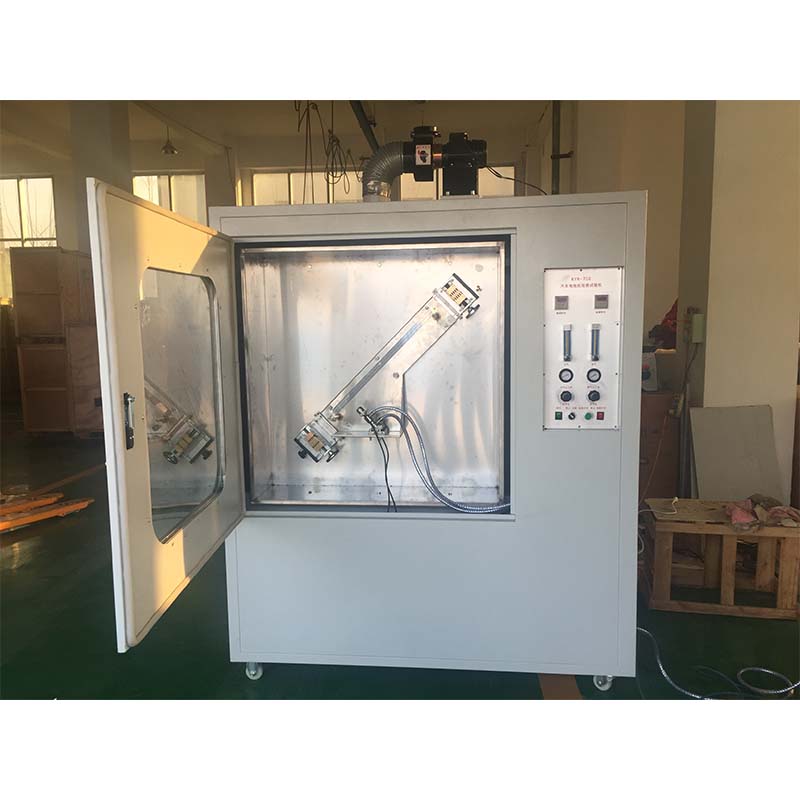wire reverse bending test machine
Understanding the Wire Reverse Bending Test Machine
In the field of materials testing, the Wire Reverse Bending Test Machine plays an essential role in evaluating the mechanical properties and performance of wire materials. This type of machine is designed specifically to assess how well a wire can withstand bending stresses, which is crucial for applications in industries such as construction, automotive, aerospace, and electronics.
What is a Wire Reverse Bending Test?
The reverse bending test is a procedure that measures the ability of a wire to endure cyclic bending without fracturing. It is particularly useful for materials that are subjected to repeated flexing, which can lead to fatigue and eventual failure. During this test, a wire sample is subjected to a controlled bending cycle in one direction and then reversed in the opposite direction. The number of cycles the wire can withstand before it fails is recorded, providing valuable data regarding its durability and strength.
The Importance of Wire Reverse Bending Tests
Understanding the limits of wire materials through reverse bending tests is critical for several reasons. First, it helps manufacturers ensure that their products meet specific safety and performance standards. For instance, wires used in suspension bridges must endure significant bending without failing, as any structural failure could lead to catastrophic consequences.
Second, these tests can reveal disparities in wire quality caused by variations in manufacturing processes. By identifying weaknesses in the material, manufacturers can make the necessary adjustments to improve their production techniques, ultimately leading to higher-quality and more reliable wire products.
Components of a Wire Reverse Bending Test Machine
A typical Wire Reverse Bending Test Machine comprises several key components that work together to facilitate precise testing
wire reverse bending test machine

1. Clamping Mechanism This holds the wire securely in place during the test, ensuring that any movement or vibration does not affect the results.
2. Bending Arm This is the primary functional component that applies the bending force. It can have varying lengths and pivot points, allowing for different angles and levels of force to be applied to the wire.
3. Control System Modern machines are equipped with advanced control systems that allow for the programming of specific testing parameters. Technicians can set the angle of bending, the speed of operation, and the number of cycles to perform.
4. Measurement Systems These systems measure the deflection of the wire, the load applied, and the number of cycles until failure. Data collected during testing is crucial for assessing the wire's performance metrics.
5. Data Analysis Software After the test, data is analyzed to generate reports on the wire’s performance. This software can provide insights into the elasticity, ductility, and fatigue resistance of the material.
Applications of Wire Reverse Bending Testing
The applications of wire reverse bending tests are broad. In engineering and construction, it helps evaluate the performance of cables and reinforcement bars in buildings and bridges. In the automotive industry, the testing ensures that components like springs and suspension wires maintain integrity under stress. In electronics, wires used in circuit boards and connectors are also subjected to these tests to guarantee reliability in various operating conditions.
Conclusion
The Wire Reverse Bending Test Machine is an invaluable tool in the realm of material testing. By helping manufacturers understand the mechanical properties and limitations of wire materials, these machines contribute significantly to product safety, quality, and performance. As industries continue to advance, the importance of rigorous testing procedures like the reverse bending test becomes more pronounced, ensuring that products not only meet industry standards but also provide reliability and safety in their applications. As technology evolves, we can expect to see even more sophisticated machines that enhance the efficiency and accuracy of the testing process, ultimately leading to better products in the market.
-
The Role of Tensile Force Testers in Quality Control and Material Science
NewsAug.01,2025
-
Maintenance and Safety Tips for Aging Ovens
NewsAug.01,2025
-
Density Balance in Forensic Science
NewsAug.01,2025
-
Advanced Optical Measurement Technologies
NewsAug.01,2025
-
A Buyer’s Guide to Tensile Test Machines
NewsAug.01,2025
-
Why the Conductor Resistance Constant Temperature Measurement Machine Redefines Precision
NewsJun.20,2025
 Copyright © 2025 Hebei Fangyuan Instrument & Equipment Co.,Ltd. All Rights Reserved. Sitemap | Privacy Policy
Copyright © 2025 Hebei Fangyuan Instrument & Equipment Co.,Ltd. All Rights Reserved. Sitemap | Privacy Policy
